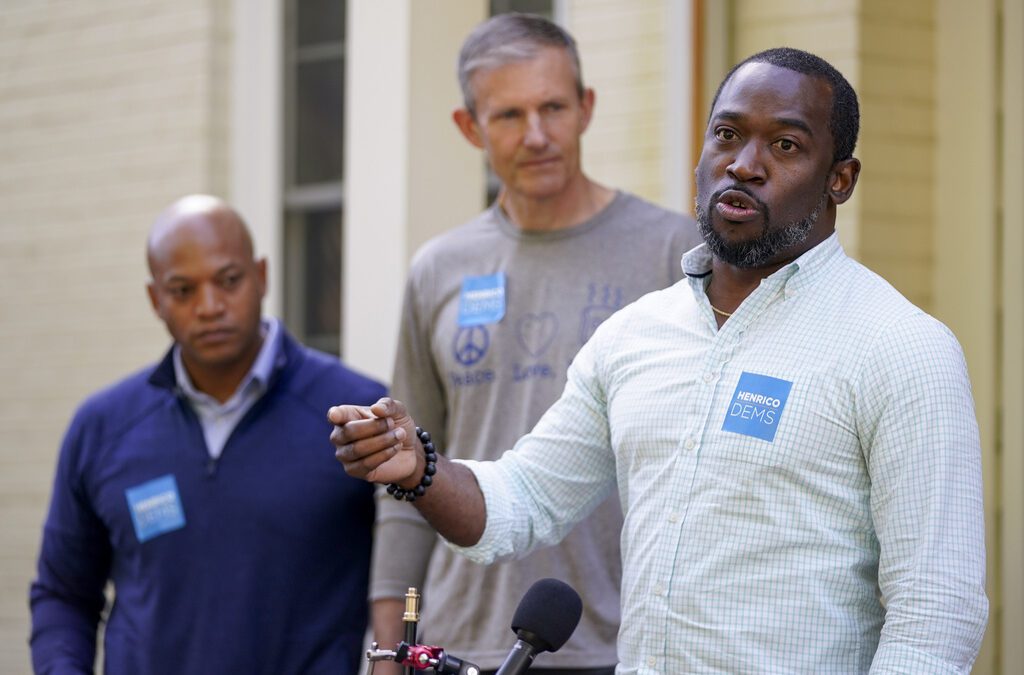Last year at Short Pump Middle School in Glen Allen, a “code blue” was called over the P.A. system. At first, students thought it was just a drill, but then the fire alarm went off and another voice came over the intercom to tell students to get down.
Teachers began barricading doors. Some students cried and texted their parents, “I love you guys.” Some played dead.
Unseen persons began banging on doors and jiggling door handles. It wasn’t until a school recourse officer eventually entered classrooms one-by-one that students realized this was not the last day of their lives, rather, they had just endured an unannounced active shooter drill.
“They thought someone was in their school attacking them,” parent April Sullivan, who received a spontaneous “I love you” text from her eighth grade daughter during the drill, told the Richmond Times-Dispatch. “My daughter was traumatized. She literally thought she was going to die.”
The Short Pump Middle School drill prompted swift backlash from parents and drew into question the extent to which students should be traumatized in efforts to avoid trauma in the first place. After the incident, Henrico County schools agreed to change its policy to notify parents within one minute of an unannounced active shooter drill.
State guidelines allow for both announced and unannounced active shooter drills but suggest that unannounced drills may be more effective. School divisions have some latitude to decide which types of emergency drills to practice and how often to implement them. Active shooter drills in general, however, are mandatory and must be practiced four times per year per a 2016 law passed by the Virginia General Assembly.
There have been 19 school shootings with injuries or deaths in 2019. Three people have been killed and 35 injured during these tragedies. In 2018, there were 24 school shootings that killed 35 people and injured 79 others.
There have been two school shootings in Virginia over the last two years, at Simonsdale Elementary School in Portsmouth in 2018 and at Todd Stadium during a high school football game in Newport News in 2019.
To prepare schools in the event of an active shooter, schools across the country have implemented various forms of shooter-readiness plans, including in Virginia, where all schools have comprehensive, all-hazards, Emergency Operations Plans.
During active shooter drills, school officials must decide in a split-second if it is safer to go or safer to stay. If the decision is to leave, evacuation procedures are followed. If the decision is to stay, the action response turns to either shelter-in-place or lockdown procedures.
The state provides the following, “decision tree” as a visual image of the decisions surrounding the three action responses.

When an active shooter is present, a lockdown may be necessary. In such cases, the state advises the addition of a “Run, Hide, Fight” response to the decision-making process.
To run, hide or fight deviates “from the standard lockdown procedure when there is imminent danger and no other alternatives are present,” according to state guidelines. “This may include running to evacuate if safe to do so. Hiding is the recommended action in a no warning incident when safe evacuation is not possible, and as a very last resort, fighting to protect yourself and students.”
As schools and state officials continue to tinker with active shooter drills, the public is demanding broader action on gun safety in the wake of the May mass shooting in Virginia Beach, when a gunman killed 12 people in a public municipal building.
Following the massacre, state Democrats put forth a series of gun reforms including popular proposals like universal background checks. During a special session of the General Assembly on guns, however, Republicans voted to submit these bills for further study, effectively punting the issue until after the upcoming state legislature elections in November, when all 140 seats of the House and Senate are on the ballot.
That decision could come back to haunt them — a Sept. Washington Post-Schar School Virginia poll finds gun policy is the top issue for Virginia voters.
Majorities of respondents support gun reforms championed by Democrats, like assault weapons bans and limiting handgun purchases to one per month.
Expanding background checks and “red flag” laws that let authorities take guns away from people deemed a danger were the most favored gun safety measures, with 88% and 82% support, respectively.
Politics

Biden administration bans noncompete clauses for workers
The Federal Trade Commission (FTC) voted on Tuesday to ban noncompete agreements—those pesky clauses that employers often force their workers to...

Democratic shakeup in Virginia primaries for governor, lieutenant governor
Richmond Mayor Levar Stoney quit his bid for governor and jumped into the race to be the Democratic nominee for lieutenant governor. The race for...
Local News

The zodiac signs of 12 iconic women offer insight into their historic accomplishments
Zodiac signs can tell you a lot about someone’s personality. Whether they’re an earth, water, air, or fire sign, these 12 categories (which are...

Virginia verses: Celebrating 5 poetic icons for National Poetry Month
There’s no shortage of great writers when it comes to our commonwealth. From the haunting verses of Edgar Allan Poe, who found solace in Richmond's...




